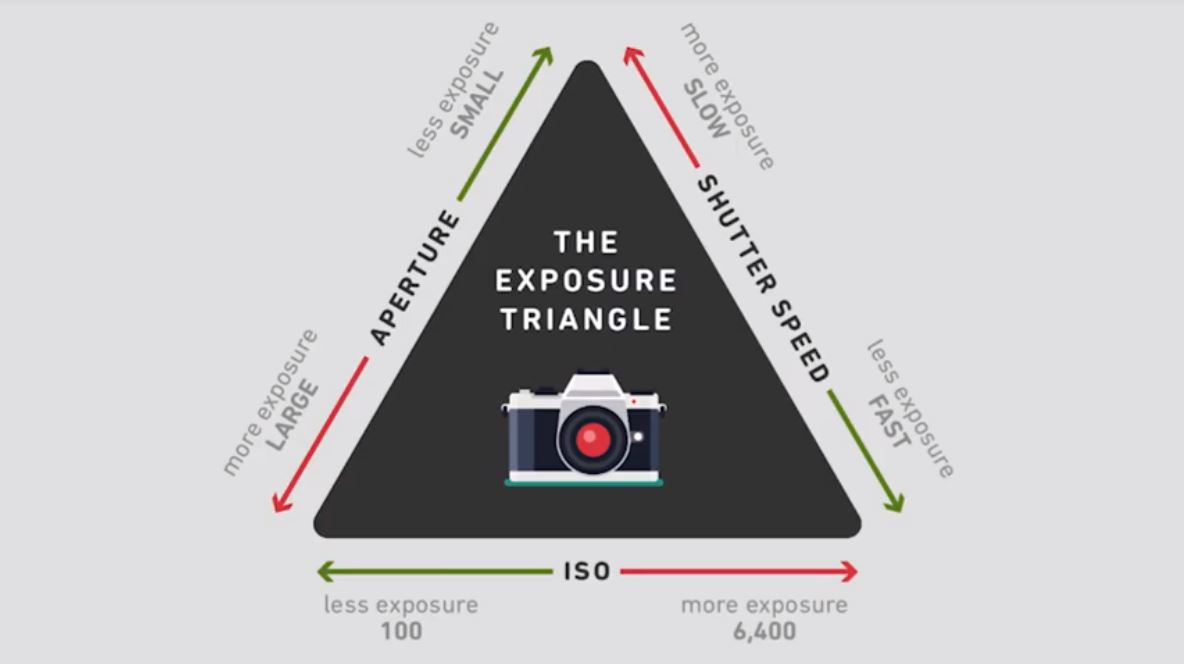The Exposure Triangle is one of the first things you should know by heart as a photographer.
So you’ve decided to take photography seriously and start learning how to take better photos. Of course, part of that is mastering the controls and capabilities of your camera. But you will be able to do that better if you know the Exposure Triangle, or the three main variables that make up the exposure of a photograph. Fortunately for you, we have just the right quick tutorial to get you up and running with the basics.
Called Exposure Pyramid in the video tutorial by graphic designer and aspiring photographer Atelic, it’s part of the basics of photography. Here, you’ll learn what each of the variables do to create what is called a balanced exposure. Let’s get right to it before anything else.
https://www.youtube.com/watch?v=fCAcSbObbE0
Now we know that the three components making up a balanced exposure are aperture, shutter speed, and ISO. The idea is to change one or all of these variables to get a well-exposed image, or get the results that you’re after. Your camera usually does this for you when you shoot in Auto. But you can also shoot in Manual mode with confidence once you get the hang of the Exposure Triangle.
The ISO refers to how sensitive your camera is to light; the higher it is, the brighter your photo looks and the more noise or grain it gets. The aperture is the size of the opening of your lens; the lower the number, the bigger the opening is, and the more light your camera takes in and the shallower the depth of field. The shutter speed refers to how long the camera shutter is open when taking a photo; faster speed means less blur.
Here comes the tricky part. Each of these components can be adjusted to compensate for the settings of the other. As in the example in the video, you ideally want to keep the ISO at 100 for minimal grain or noise. What you adjust is the aperture and shutter speed to control how much light comes in, minimize blur, and get the right depth of field for what you’re shooting.
Once you understand this theory, you’re ready to move to the next level put it in practice using the Sunny 16 Rule. Practice enough and we guarantee you’ll be able to meter a scene just by looking at it.
Screenshot image from the video by Atelic


